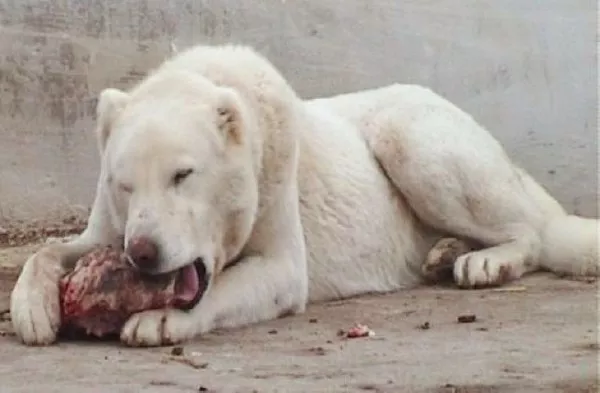As responsible pet owners, we go to great lengths to ensure the well-being of our furry companions, from providing them with top-notch nutrition to offering an array of toys and activities for their enjoyment. Among the various measures we take to keep our pets happy and healthy, spaying and neutering are essential procedures that not only curb overpopulation but also contribute to our pets’ overall health.
Dr. Brad Bennett, a clinical assistant professor at the Texas A&M School of Veterinary Medicine and Biomedical Sciences, underscores the significance of spaying and neutering in maintaining our pets’ health. Beyond preventing unwanted litters, these procedures play a vital role in averting diseases linked to the reproductive system.
The Importance of Spaying and Neutering:
Male Pets: Neutering male pets, aside from controlling the population and curtailing undesirable behaviors like spraying in cats, can prevent various health issues. These include testicular torsion, a painful condition characterized by the twisting of the testicle, and tumors.
Female Pets: Spaying female pets at an early age reduces their risk of developing uterus infections, known as pyometras, and mammary neoplasias or tumors in mammary glands.
Furthermore, the health benefits of spaying and neutering increase over time. The age at which these procedures are performed can significantly impact a pet’s well-being. For example, if a female dog is spayed before her first heat cycle, her chance of developing mammary neoplasia is less than 0.5%. However, if spaying is delayed until after the third heat cycle, the risk increases to 26-28%.
Addressing unwanted behaviors is another advantage of spaying and neutering, reducing the likelihood of pets being surrendered to animal shelters due to behavioral issues.
Factoring in Age and Health Status:
Most dogs and cats can be spayed or neutered at around 6 months of age. For small to medium-sized breeds, spaying and neutering can occur before this age, as early as 6 months, to prevent unwanted behaviors. Male cats and small to medium-sized male dogs are typically neutered at 6 months to curb aggression, urine-marking, and humping tendencies.
However, the approach differs for large and giant dog breeds. These breeds need to reach full physical maturity before undergoing spaying or neutering to prevent disruptions in their growth patterns, which could lead to orthopedic issues like cruciate tears or hip dysplasia. For large and giant breeds, spaying or neutering is typically delayed until they are between 1 and 18 months old.
It’s crucial to consider your pet’s overall health before scheduling these procedures. Ensuring pets are healthy, up-to-date on vaccinations, and free of underlying conditions is essential to their safety during surgery and swift recovery. Consult your local veterinarian or animal shelter for additional requirements or recommendations specific to your pet’s well-being.
In conclusion, spaying and neutering are essential components of responsible pet ownership, offering numerous benefits that go beyond population control. These procedures contribute to the long-term health and behavior of our beloved companions, ensuring they lead happy, fulfilling lives.


